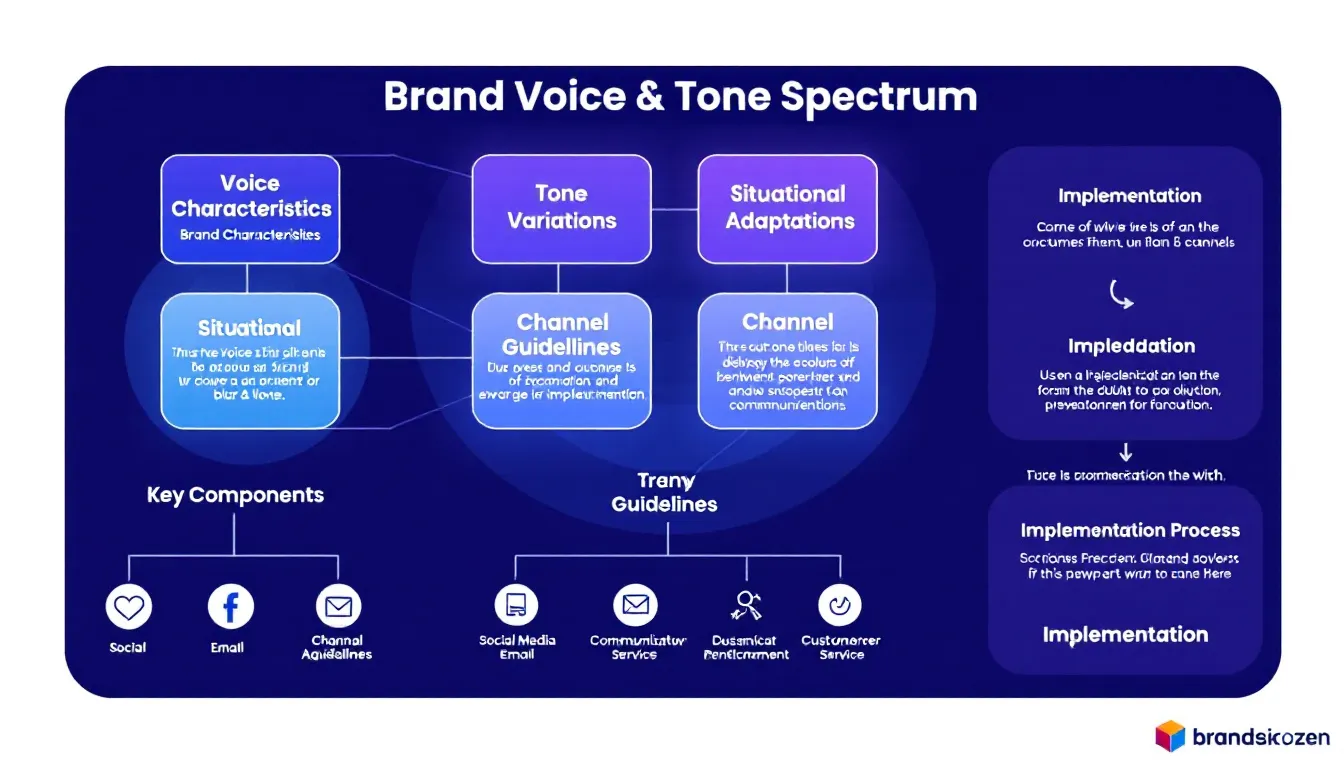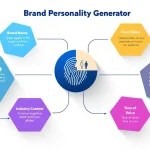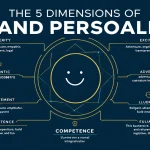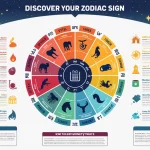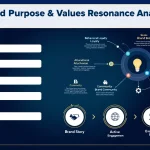Is this tool helpful?
How to Use the Brand Voice & Tone Spectrum Generator Effectively
This generator requires you to fill out four key fields. Each input helps create a detailed guide that shapes your brand’s communication style consistently and clearly.
- Brand Name: Enter your official brand or company name. Examples: “BrightWave Media” or “Evergreen Organics”
- Target Audience: Describe your main audience including demographics, interests, and behaviors. Examples: “Parents of toddlers interested in educational toys” or “Freelance graphic designers aged 22-40”
- Core Values and Personality Traits: List the essential beliefs and qualities that represent your brand’s identity. Examples: “Transparency, Creativity, Empathy” or “Efficiency, Precision, Boldness”
- Communication Challenges: Explain any specific difficulties your brand faces when communicating. Examples: “Simplifying complex data for non-experts” or “Keeping formal tone without sounding cold”
Introduction to the Brand Voice & Tone Spectrum Generator
The Brand Voice & Tone Spectrum Generator helps you create tailored communication guidelines. It defines your brand’s unique voice and the range of tones you should use in different contexts. This tool helps ensure your messaging stays consistent, clear, and engaging across platforms and audiences.
By using this tool, you build a framework that balances a steady brand voice with adaptable tone variations. This balance improves how your brand connects with your audience, solves communication challenges, and streamlines content creation.
What the Generator Provides
- Voice Characteristics: The stable personality traits that define your brand’s consistent communication style.
- Tone Variations: Flexible adjustments to your tone that fit different situations and audience needs.
- Contextual Adaptations: Recommended approaches for specific scenarios and communication challenges.
- Platform-Specific Suggestions: Tailored guidance for social media, email, customer service, and more.
Practical Uses of the Brand Voice & Tone Spectrum Generator
This tool helps teams and businesses apply voice and tone consistently, improving communication across all channels. Here are real-world examples of how brands use it:
Example 1: Wellness Startup
- Brand Name: “CalmRoots”
- Target Audience: “Busy professionals focused on mindfulness and work-life balance”
- Core Values: “Wellness, Authenticity, Supportive, Accessible”
- Communication Challenges: “Balancing professional advice with a warm, approachable tone”
Example 2: Educational Technology Provider
- Brand Name: “LearnMinds”
- Target Audience: “Teachers and school administrators looking for innovative learning tools”
- Core Values: “Innovation, Reliability, Collaboration, User-friendly”
- Communication Challenges: “Conveying technical benefits without overwhelming non-tech-savvy users”
Strategies to Implement Your Brand Voice & Tone Spectrum
1. Content Creation Workflow
- Use the spectrum to brief content creators on voice and tone expectations.
- Guide writers and designers in maintaining brand consistency.
- Review produced content to ensure alignment with your guidelines.
- Train new team members with clear communication standards.
2. Applying Across Communication Channels
- Adapt tone for social media posts, making them more casual or engaging as appropriate.
- Maintain professional and empathetic tone in customer support interactions.
- Ensure marketing materials reflect your core brand voice consistently.
- Use guidelines for internal communication to foster clear and aligned messaging.
- Prepare crisis communication plans with appropriate tone adjustments.
Best Practices for Maintaining Effective Voice & Tone Guidelines
1. Regular Reviews and Updates
- Plan quarterly or biannual reviews to keep guidelines relevant.
- Collect feedback from team members and target audiences.
- Revise the spectrum to reflect brand evolution and market changes.
2. Team Training and Support
- Conduct workshops to help teams understand and apply the spectrum effectively.
- Create quick-reference guides and example libraries for routine use.
- Encourage questions and collaboration across departments.
Frequently Asked Questions About Brand Voice & Tone Spectrum
How often should I update my brand voice and tone spectrum?
Update your spectrum annually or whenever your brand shifts strategy, audience, or market position.
Can I use different tones for various product lines under the same brand?
Yes. Keep your voice consistent while adjusting tone to fit each product’s audience and context.
How do I maintain consistency when multiple content creators are involved?
Share the spectrum widely and establish a review process to ensure all content aligns with your voice and tone guidelines.
Should the brand voice change for international markets?
Your voice should remain constant, but tone may shift to respect cultural differences and local preferences.
How do I measure the effectiveness of my brand voice and tone?
Track engagement metrics, analyze customer feedback, and conduct brand perception surveys to evaluate your communication impact.
What is the difference between brand voice and tone?
Brand voice is the consistent personality your brand presents, while tone adapts that personality depending on audience, context, and channel.
Tips for Successful Brand Voice & Tone Integration
1. Documentation and Accessibility
- Create a centralized, easy-to-access repository of your voice and tone guidelines.
- Include practical examples, templates, and case studies.
- Ensure all relevant team members can quickly find and use these resources.
2. Monitoring and Adjusting
- Regularly review content performance and audience responses.
- Gather feedback from team members to identify potential improvements.
- Make informed adjustments to guidelines based on collected data.
3. Cross-Functional Collaboration
- Align marketing, sales, and customer support teams on voice and tone use.
- Develop channel-specific voices, ensuring consistent brand presence.
- Maintain communication between departments to support cohesive messaging.
Important Disclaimer
The calculations, results, and content provided by our tools are not guaranteed to be accurate, complete, or reliable. Users are responsible for verifying and interpreting the results. Our content and tools may contain errors, biases, or inconsistencies. Do not enter personal data, sensitive information, or personally identifiable information in our web forms or tools. Such data entry violates our terms of service and may result in unauthorized disclosure to third parties. We reserve the right to save inputs and outputs from our tools for the purposes of error debugging, bias identification, and performance improvement. External companies providing AI models used in our tools may also save and process data in accordance with their own policies. By using our tools, you consent to this data collection and processing. We reserve the right to limit the usage of our tools based on current usability factors.
